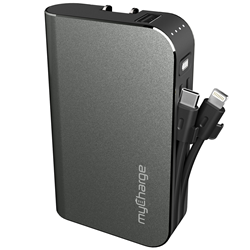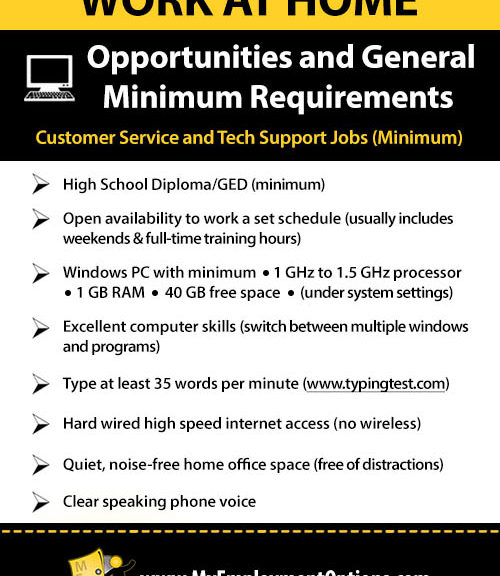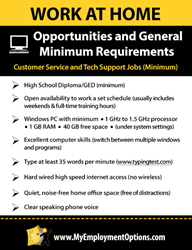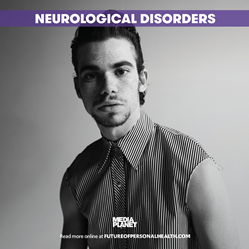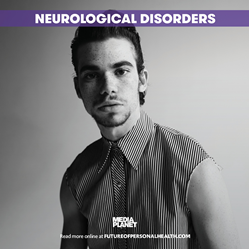With each state knowing that the HRST is a proven way to identify those most at risk for serious consequences from illnesses such as COVID-19 via the Journal of Nursing Measurement, they’re empowered with action steps to help mitigate that risk,” Dr. Escudé says
CLEARWATER, Fla. (PRWEB)
April 20, 2020
The rampant spread of COVID-19 shows that calculating risk factors for vulnerable populations is a matter of life and death. That’s proven in a study conducted by researchers at UNSW showing people with an intellectual and development disability (IDD) are twice as likely to die from a preventable death.(1) High-risk groups, like those with IDD, lack the ability for caregivers to perform simple risk assessments that could save lives. Though that is changing, as the Health Risk Screening, Inc.’s Health Risk Screening Tool (HRST) for identifying risk in people with IDD has been endorsed by the Journal of Nursing Measurement.(2)
According to Dr. Craig Escudé, the president of Health Risk Screening, Inc., it’s never been more critical in understanding the risks of COVID-19 for this more vulnerable group of individuals, and even more important is being able to take steps to mitigate such risks. “Healthcare professionals and caregivers are at a huge disadvantage in providing care for those with IDD during the COVID-19 pandemic,” Dr. Escudé says. “This leaves them helpless in assessing mortality risk and providing care for their patients and loved ones.”
IDD Health Risk Screening and Advocacy
The time-tested HRST is a web-based tool currently used in 26 states that determines the mortality risk level of people with IDD to ensure that the support staff for these individuals know precisely when and how to act. The efficacy endorsement from the peer reviewed Journal of Nursing Measurement shines an important light on the growing use of the HRST. As the leading nursing journal, Journal of Nursing Measurement focuses on addressing instrumentation, tools, and approaches in regard to nursing, research practice, and education.
The efficacy of the HRST to predict mortality was validated by a study of 12,582 people with IDD residing in the state of Georgia. The study results showed that the HRST can predict mortality through health risk assessment. Therefore, it can serve as a basis for establishing healthcare needs and determining nursing care acuity for people with IDD.
When it comes to easily transmittable viruses—like COVID-19—that may even lead to death, society’s most vulnerable have always been at a much greater risk. But the current pandemic is revealing an acute problem, in which cities and states are putting those with IDD at an even greater risk. This can be seen in the pushback by disability advocates that have lodged complaints with the HHS Office for Civil Rights. The groups target the coronavirus response plans of several states that they claim would jeopardize people with disabilities.(3)
Risk and Mortality with IDD and COVID-19
People with comorbidities—which can be prevalent among those with IDD, according to the Centers for Disease Control and Prevention—may be more susceptible to severe illness and death from COVID-19.(4)
According to Dr. Escudé, people with intellectual and developmental disabilities encounter five common challenges that put them at a higher risk for illnesses like COVID-19:
1. A higher percentage of people with disabilities have comorbidities, such as diabetes and other conditions
2. Some may have restrictions in their ability to take deep breaths or even cough effectively due to musculoskeletal issues
3. Those with higher rates of aspiration may have scarring of their lungs
4. Some habitually place items in their mouth, which can increase the risk of contact with infectious materials
5. Those who require frequent emergency department or medical visits may have increased exposure to people with illnesses
Other leading experts on the topics of aging and intellectual disabilities agree that people with IDD are particularly vulnerable to adverse outcomes associated with COVID-19 due to having:(5)
-
Several health conditions
- Low levels of health literacy
- Reliance on others for their care
- Smaller networks and less social support than the general population
- Reduced comprehension regarding the need for visiting restrictions
Performing a health risk screening on someone with IDD determines their level of risk as well as provides actionable steps to mitigate that risk from a number of different conditions. This data can be used to reroute scarce human and financial resources to where they will be most effective. This not only lowers the risk for people with IDD, but it also helps lower the spread of COVID-19 for the general population.
Furthermore, for those who have relied on the HRST prior to COVID-19, many are already seeing the advantages of having the resource available throughout the crisis, such as with the nonprofit organization, CADES (Children and Adult Disability and Educational Services). “We implemented HRST two years ago, and it has been our foundation through this pandemic, and for that we are so grateful. Keep leading us!” says Julie Alleman, MSS, the CEO of CADES. Such testimonials show just how beneficial the HRST tool can be when it comes to reducing risks for those already faced with the challenges of IDD, especially during such critical and uncertain times.
“We are all in this fight against COVID-19 together,” Dr. Escudé says. “With each state knowing that the HRST is a proven way to identify those most at risk for serious consequences from illnesses such as COVID-19 via the Journal of Nursing Measurement, they’re empowered with action steps to help mitigate that risk.”
About Health Risk Screening, Inc.
Health Risk Screening, Inc.’s roots began in 1992. Along with training courses, webinars, and materials, HRS is the sole developer, producer, and distributor of the web-based Health Risk Screening Tool (HRST). The HRST is the most widely used and validated health risk screening instrument for people with intellectual and developmental disabilities. HRS’s focus is on developing tools and training for the person-centered support of such vulnerable populations. Through the education of government agencies and service providers, HRS aims to improve lives. With unrelenting focus, HRS works to fulfill its mission of improving the health and quality of life for people faced with these types of vulnerabilities. To learn more, visit http://www.hrstonline.com.
1. Dan Wheelahan. “People with intellectual disability are twice as likely to die a preventable death,” UNSW Sydney Newsroom, February 8, 2017, newsroom.unsw.edu.au/news/health/people-intellectual-disability-are-twice-likely-die-preventable-death
2. Roszkowski, Michael J., PhD, Thomas, Michael M., MS, Conroy, James W., PhD, Ivy, Catherine, MS, LCSW, Gravitt, Gwendell W.Jr., PhD. An Examination of the Validity of the Health Risk Screening Tool: Predicting Mortality in People With Intellectual Disabilities, Journal of Nursing Measurement, Springer Publishing Company Connect, March 16, 2020, connect.springerpub.com/content/sgrjnm/early/2020/03/16/jnm-d-18-00088
3. Shaun Heasley. “Trump Administration Says Disability No Reason To Deny COVID-19 Care,” Disability Scoop, March 30, 2020, disabilityscoop.com/2020/03/30/trump-administration-says-disability-no-reason-to-deny-covid-19-care/28065/
4. Blythe Bernhard. “Coronavirus Brings Added Worries For People With Disabilities” Disability Scoop, March 17, 2020, disabilityscoop.com/2020/03/17/coronavirus-brings-added-worries-disabilities/27989/
5. Deborah Condon. “COVID-19 and intellectual disabilities Particularly vulnerable group,” Irishhealth.com, Mar 23, 2020, irishhealth.com/article.html?id=27072







